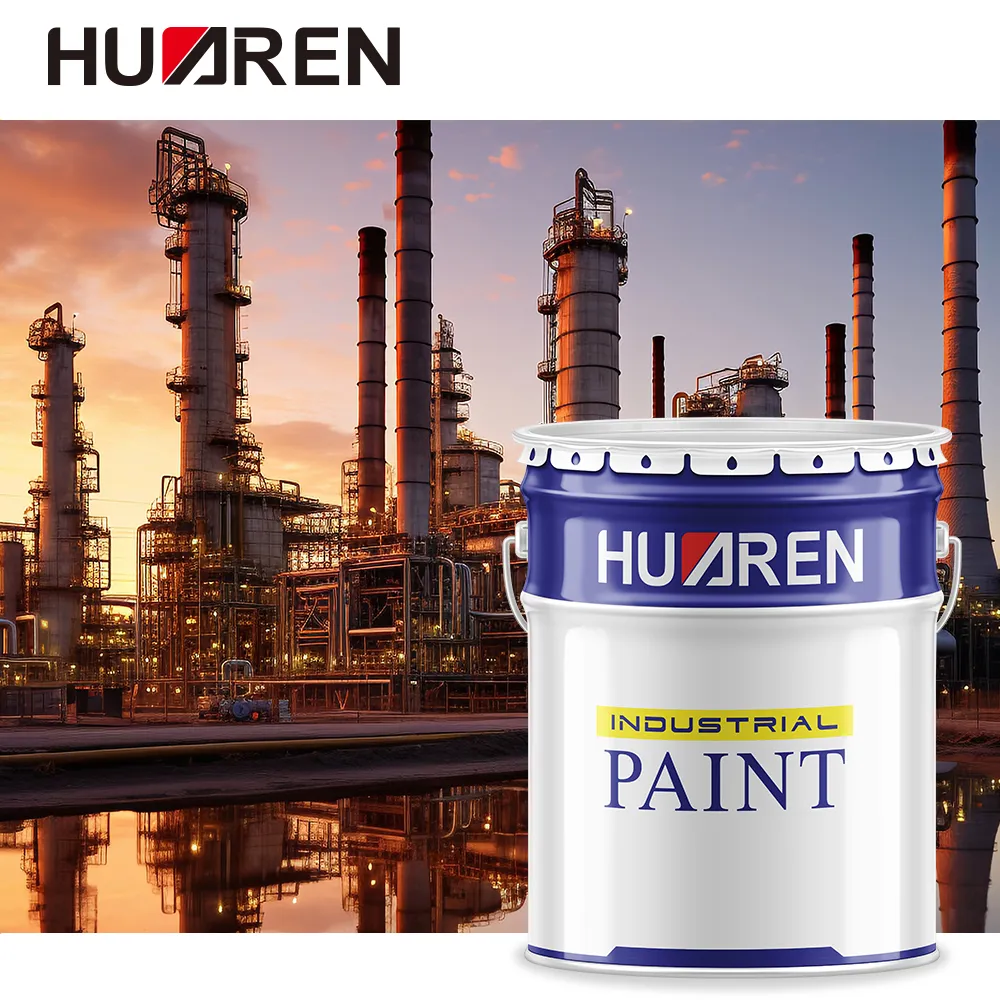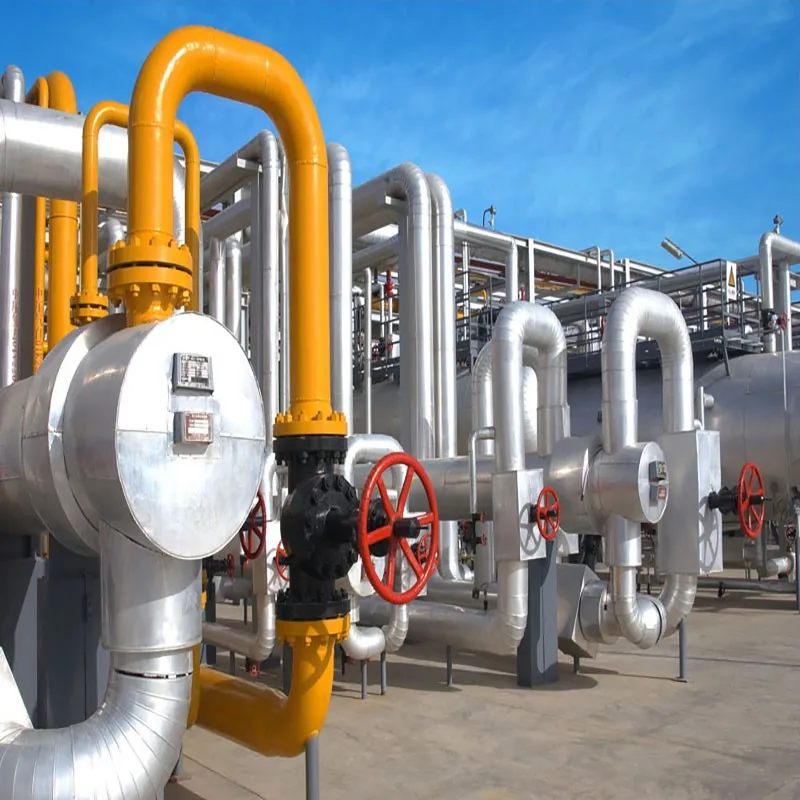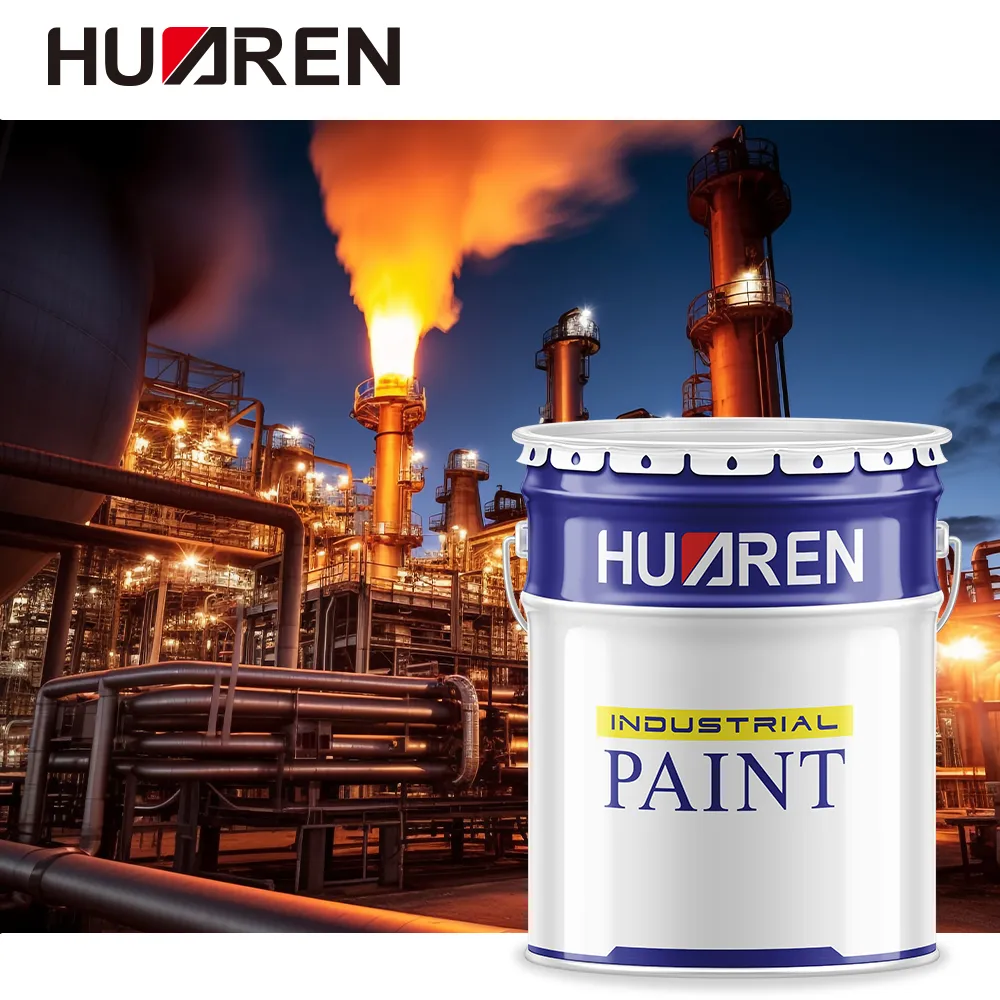In construction, automotive restoration and various industrial coatings, primer and high build primer are the two most common coating products. Although they both serve as primers and are designed to enhance the quality and durability of the final coating, there are significant differences between the two in terms of formulation, function, usage scenarios, and application methods.
This article will discuss in detail the definition, function, main differences and application of primer and high-strength primer in different fields to help readers better understand the specific uses of these two types of coatings and their importance to painting projects.

What is a primer?
A primer is a coating that is usually applied to the surface of a material to provide better adhesion for the subsequent topcoat. Whether it is metal, wood, plastic or concrete surface, primer can form a solid intermediate layer between them and the topcoat, preventing the topcoat from directly contacting the substrate, thereby improving the overall effect and durability of the coating.
Primer is an essential step in the painting process, especially on surfaces that need to maintain their appearance and functionality over time. It not only enhances the adhesion of the topcoat, but also has the functions of preventing rust, corrosion and sealing the substrate.
What is the main function of primer?
● Improve adhesion: The main function of the primer is to provide a better adhesion surface for the topcoat to prevent the topcoat from peeling or cracking due to poor adhesion. Especially on smooth or porous surfaces, primer can fill in uneven spots and provide a smooth base.
● Seal the substrate: The primer can effectively seal the pores on the surface of the substrate, preventing impurities or moisture in the substrate from penetrating into the topcoat and affecting the effect of the topcoat.
● Anti-corrosion and anti-rust: For metal surfaces, primer also has anti-corrosion and anti-rust functions, protecting the metal from oxidation or erosion by moisture.
● Reduce the amount of paint used: Primer can effectively reduce the amount of topcoat used because it makes the surface smoother and more uniform, thereby reducing the consumption of topcoat.
What is a high strength primer?
A high build primer, also known as a thick build primer, is a type of paint that has a higher solids content. Compared with traditional primers, high-strength primers are thicker and can form a thicker coating film in one application. This primer is designed for surfaces that require a higher level of protection and filling, and is particularly suitable for painting projects that repair larger defects and irregular surfaces.
High-strength primers are widely used in scenarios such as automobile repair and industrial equipment painting that require a large amount of filling or repairing of the surface. It not only provides high-strength protection, but also effectively covers surface imperfections such as scratches, dents and cracks.
What is the function of high strength primer?
● Filling surface defects: A major feature of high-strength primer is its excellent filling ability. Due to its high solids content, it can fill in minor surface imperfections such as small cracks, scratches and dents. This makes it ideal for use on surfaces that require restoration, such as automotive bodies and industrial equipment surfaces.
● Provide thick coating film: High-strength primer can apply thicker coating film in one time without multiple applications. This helps improve painting efficiency, especially when painting large areas or where thicker coatings are required.
● Enhanced protection: Due to its greater thickness, high-strength primer can provide stronger protection for the substrate. It not only enhances topcoat adhesion but also provides longer protection in intensive use environments.

What is the difference between a primer and a high strength primer?
Differences in physical properties
There are significant differences in the physical properties of primers and high-strength primers. Ordinary primers have a low solid content and form a thin coating film after application, so multiple applications are usually required to achieve the desired effect. The high-strength primer has a higher solid content and can form a thicker coating film in one go after application, thus saving construction time.
Additionally, high-strength primers are typically harder and more abrasion-resistant than regular primers, which gives them greater protection when exposed to harsh environments.
Functional differences
The main function of ordinary primer is to provide a good adhesion basis for the topcoat, prevent the topcoat from peeling, and to a certain extent prevent the substrate from moisture and corrosion. High-strength primers, on the other hand, focus more on repairing and filling defects on the surface of the substrate, providing a thicker coating to cover uneven surfaces. While both can improve the adhesion of the coating, the filling and protective properties of high-strength primers are more outstanding.
Differences in usage scenarios
Ordinary primers are usually used for the first painting of new surfaces, such as furniture, building walls or metal surfaces. High-strength primers are mainly used for surfaces that need to be repaired, such as scratch repairs on car bodies and dent filling on metal equipment. This type of primer is particularly suitable for use in areas such as industry and automotive repair where high-strength protection and filling are required.
Differences in coating processes
Since ordinary primers have a thin coating film, they usually need to be applied multiple times and sanded after application to obtain a smooth surface. High-strength primer can be applied once to form a thicker coating film and does not require excessive sanding after drying, which greatly simplifies the construction process and improves work efficiency.
How to choose between primer and high-strength primer?
Application field considerations
When choosing a primer or high-strength primer, the area of application is the most important consideration. If your project requires repairing a large number of surface defects, or the painted object will be exposed to harsh environments, a high-strength primer would be a more appropriate choice. If you just need a smooth base for the topcoat to adhere to, ordinary primer is sufficient.
Substrate Type Considerations
The effectiveness of primers and high-strength primers is also closely related to the type of substrate. For metal surfaces, especially metals that need to be protected from rust, primers usually contain anti-rust ingredients that can effectively protect the metal surface. High-strength primers are more suitable for substrates that need repair, such as damaged car bodies or industrial equipment with significant dents.
Considerations of construction conditions
Construction conditions are also an important factor in choosing a primer. In scenarios where it is necessary to save construction time or paint a large area, high-strength primer will greatly improve construction efficiency because it can apply a thicker coating film in one go. Ordinary primers require a longer construction period because they usually require multiple coats of paint and sanding.

How to use primer and high-strength primer correctly?
To ensure the effectiveness of primer and high-strength primer, correct application method is essential. Here are some key construction steps:
Surface treatment
Whether it is ordinary primer or high-strength primer, the substrate surface must be cleaned and treated before painting. For metal surfaces, sandblasting or grinding is recommended to remove surface oxides, rust and grease. A clean surface provides better paint adhesion.
Painting method
For ordinary primers, it is usually applied using a brush or spray equipment, and multiple coats are required to ensure even coverage, depending on the type and surface condition of the substrate. High-strength primer can be applied with a spray gun to form a thicker coating in one go, avoiding the trouble of repeated construction.
Drying time
Drying times for primers and high-strength primers will vary depending on ambient temperature and humidity. Ordinary primers have a relatively short drying time and can usually be applied with a coat of paint within a few hours. High-strength primers, due to their greater thickness, take slightly longer to dry and require better ventilation and temperature control to speed up drying.
Looking for industrial coatings with excellent performance and competitive prices? Huaren Chemical Industry Co., Ltd. is a professional Chinese manufacturer with over 30 production lines producing more than 20,000 tons annually. Established in 1994, we provide a full range of products, including epoxy paints, chlorinated rubber coatings, and water-based industrial paints, tailored for various applications like petrochemicals, shipbuilding, and construction. Our factory-direct prices, customized solutions, and bulk purchasing options make us the preferred supplier for buyers in Africa, Southeast Asia , and Europe. At Huaren Chemical, we combine premium quality with exceptional customer service, ensuring every order meets your expectations. Contact us now for competitive quotes, promotional offers, and reliable supply for all your industrial paint needs.

